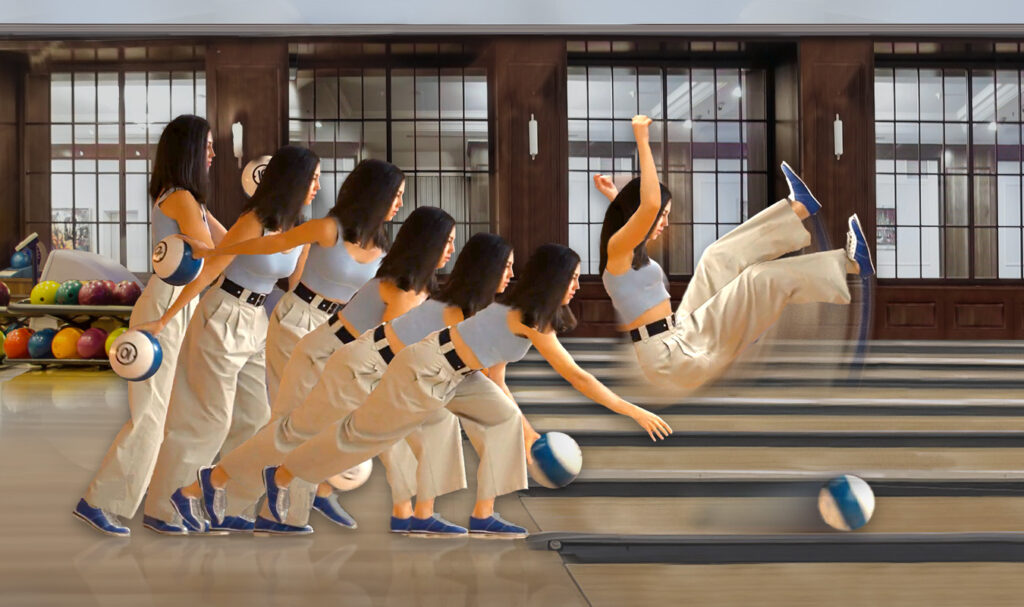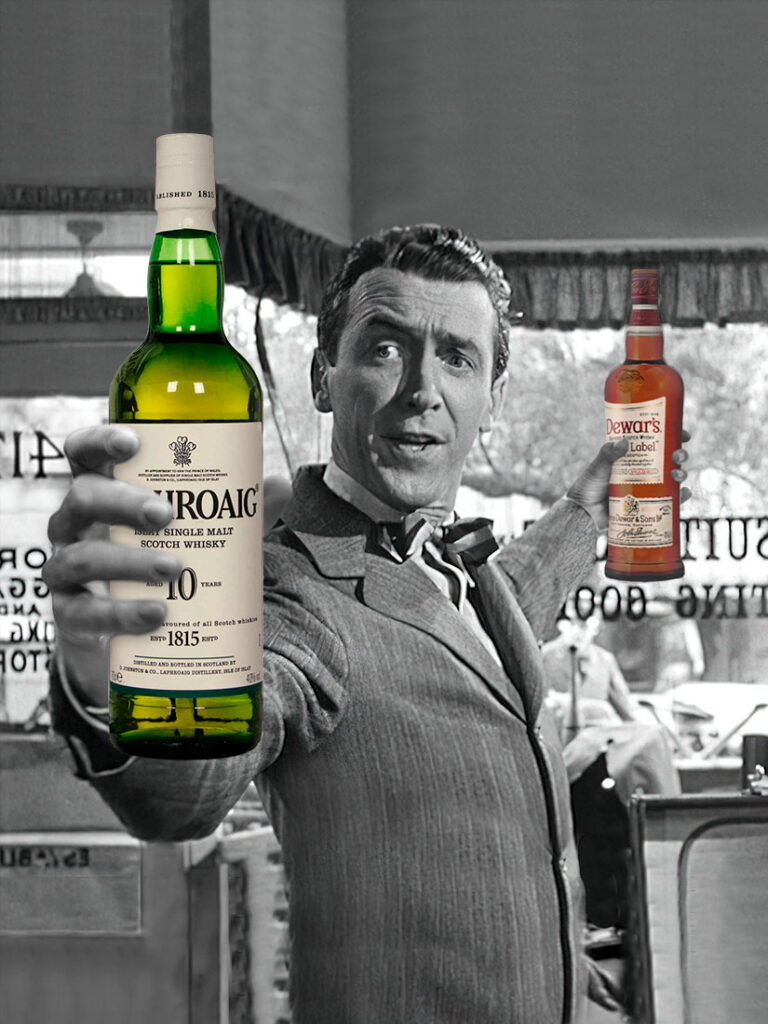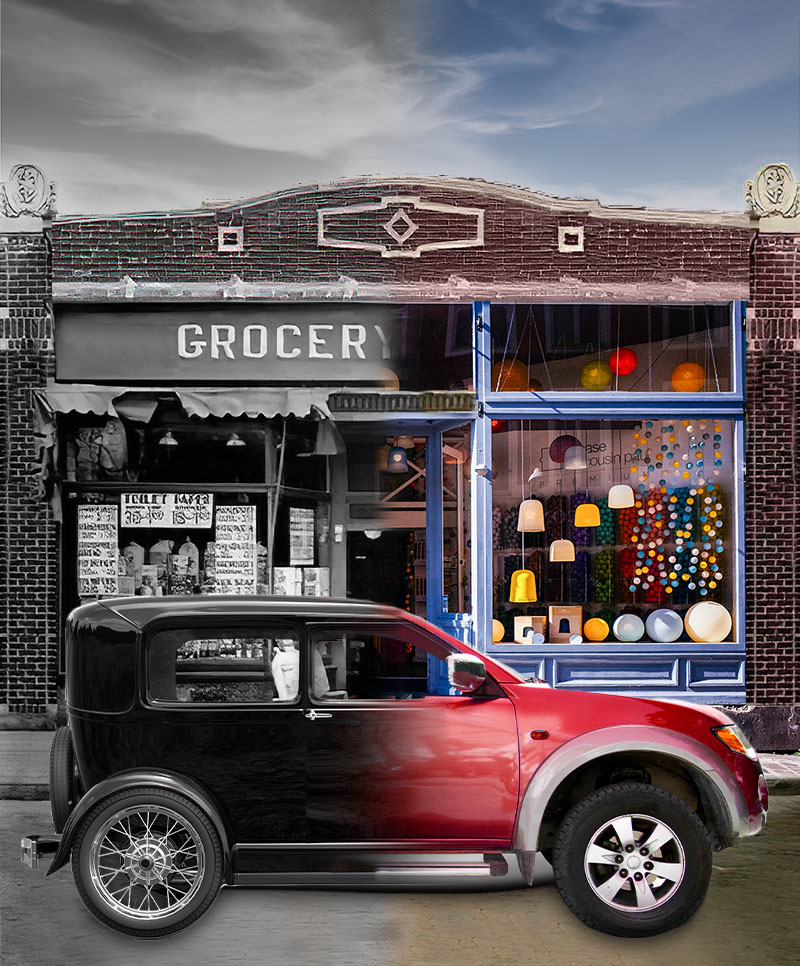I’m generally known to be a rule-follower, but that’s only because I can see how most rules make sense. There’s a flip side to that coin, however: If I don’t see how a rule makes sense, and if no one can explain to me why the rule is in place, then I feel no obligation to follow it.
For example, at the community college where I taught digital media courses, there was a rule that we were not supposed to dismiss a class early. I was told that the rationale was that it could be seen as shirking on the part of the faculty member, depriving students of their money’s worth, and granting them academic credit that they hadn’t earned through time in the classroom. But none of that made any sense to me. Dismissing a class early wasn’t the same as requiring students to leave early; anybody who wanted to stay for the remaining time was welcome to, and would receive my full attention. And besides, I’d always told my students that instead of pushing themselves to solve a seemingly insoluble problem, the best thing is to go away, do something else, and then come back to the problem later, at which time they’d probably be able to solve the problem quickly and easily. To me, it often seemed that allowing them to forget about digital media for a while would be more productive than continuing to force-feed them with it. So I would ignore the rule and dismiss the class. The students did fine, and the educational system did not collapse.
Lately, however, I’ve come to realize that my attitude toward rules is sort of a self-centered one. Even if nobody is able to explain a rule in a way that makes sense to me, it doesn’t necessarily mean that there’s something wrong with the rule; it may just mean that I’m asking the wrong people to explain it.
I remember that when I was growing up, my parents used to take my sister and me out for an occasional afternoon at the bowling alley. Both of my parents were pretty good bowlers; I, unsurprisingly, was not. My father was constantly giving me advice to improve my game: Look at the dots on the lane, not at the pins; roll the ball so that it arcs toward the pins rather than traveling in a straight line, and so on. For the most part, I’d compliantly follow his instructions, but there was one step I strongly resisted: the thing he called “following through.”
“Following through” meant that after releasing the ball, I was supposed to continue to swing my arm upward until it reached about chin height. To me, this felt ridiculous. How could anything I would do after releasing the ball possibly affect its trajectory? I think the term “following through” was actually part of the problem — it implied that this was a separate step to be tacked on at the end. I certainly visualized it that way, which of course made it ineffective. After trying it a few times and feeling silly, I refused to do it anymore until my father could explain how the continued motion of my arm could influence a ball that was already partway down the lane.
My father worked at the time as a mechanical engineer, so you’d think he could have given me a quick lesson in physics and momentum. But for whatever reason, he didn’t — probably because the physics of it never occurred to him. He simply kept insisting that following through was part of good form, and I should just do it. I stubbornly declined to do a thing that made no sense to me. Naturally, my ball consistently ambled down the lane instead of hurtling the way my father’s did, and I reluctantly chalked it up to my general lack of athletic ability.
I swear that it wasn’t until I reached adulthood that I worked out what following through was about. I discovered that if I swung my arm in a fluid arc and released the ball midway, the ball traveled with much more speed and precision. Of course the motion of my arm had no effect on the ball after it was released — I had certainly been right about that. What I hadn’t realized, and what my father somehow failed to explain, was that creating the optimal conditions for launching the ball required my arm to keep moving afterward. As they say: Duh!
Recalling this outcome late in life has given me a lesson in humility. If a rule fails to make obvious sense, it’s not necessarily due to a deficiency in the rule; it may just be that I and whoever created the rule are using different frames of reference. I may be right based on the way I’m framing the problem; they may be right within their framing of the problem. The challenge is for each of us to see outside of our own frame of reference and understand the other’s. Until I’m able to do that, I need to do what I was unable to do with my father: give him the benefit of the doubt.





Recent Comments